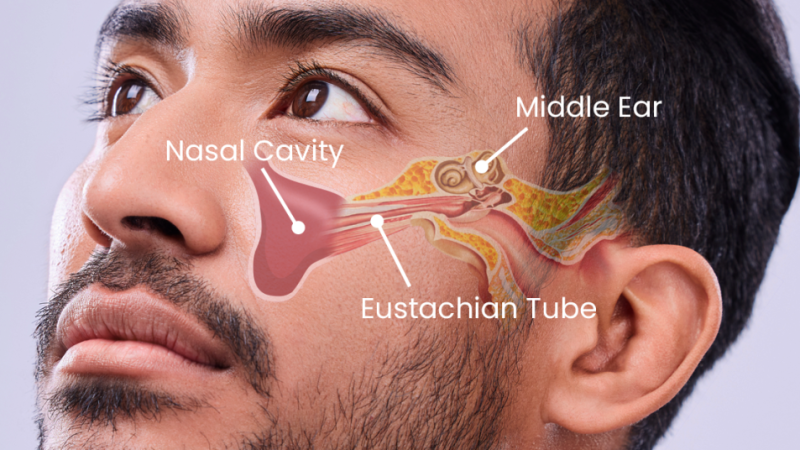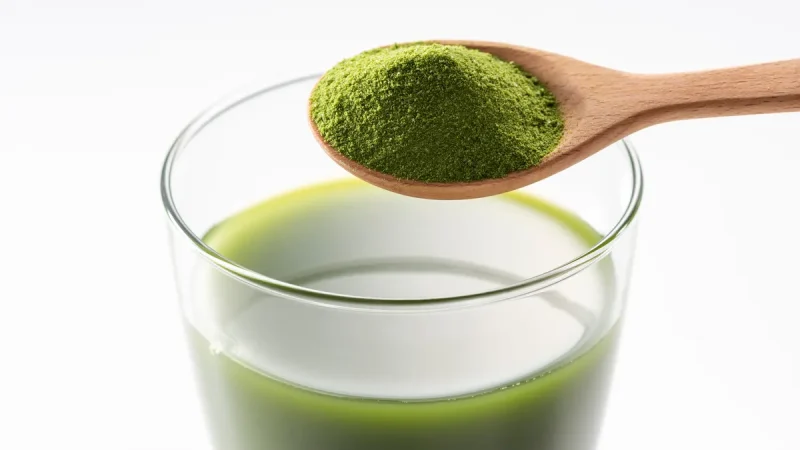HOW MASSAGE WORKS?

Massage boosts blood flow to the target muscles, speeding up the supply of nutrients needed for proper functioning while removing metabolic waste products that can cause pain and delay recovery. Massage is a great way to get things back on track, as if you don’t move around too much during the day, your blood flow will naturally decrease.
The human body includes 11 important organ systems. Massage can operate these systems in different ways based on the individual’s current needs. Massage therapy uses the power of human touch not only for therapeutic purposes but also for spoiling and rejuvenation. If you want to experience that human touch, visit https://swedishmarket.co.kr and enjoy the best Swedish massage experience.
HOW DOES MASSAGE WORK ON THE HUMAN BODY?
Massage 스웨디시 is said to improve blood and lymph circulation. This may be due in part to the physical manipulation of the soft tissue and in part to the chemicals released as part of the relaxation reaction. Improving blood flow improves the supply of oxygen and nutrients to muscle cells. When cell health improves, tissues function more efficiently. Working more efficiently leads to the removal of waste products, increases the absorption of excess water and reduces soft tissue swelling.
Massage therapy relaxes muscle tissue and reduces painful contractions and cramps. Massage can also reduce nerve pressure. To understand this, consider that sometimes when muscles contract, they press on the nerves around them. When these muscles relax, the nerves are no longer compressed and can theoretically receive the proper nutrients and function more efficiently.
The nerves can do the normal job of sending and receiving messages to and from the brain. This improves the function of muscles and organs. Touching or applying pressure to the skin relaxes muscles, tendons, and ligaments. Some of the deeper tissues of the body, such as the deep muscles of the spine, are not easily accessible to massage therapists, but the release of the superficial layers of muscle can also affect those deeper layers. This allows both superficial and deep tissue to find better alignment and balance.
The organs also share the path of neurological pain with muscles, bones and nerves, so they can also benefit from massage. When muscles, bones, and nerves are damaged, organs can reflect distress and dysfunction. For example, back pain can exacerbate dysmenorrhea, which can cause tension in the lower back muscles. Therefore, massage can improve symptoms related to organ and muscle function.
Relax with a loving and safe touch during your massage. This results in a relaxation response, as well as general pain relief. A relaxation response is a condition in which the heart and respiratory rate slow down, blood pressure drops, stress hormone production decreases, and muscles relax. Relaxation responses also appear to increase the levels of available serotonin, a chemical in the body that has a positive effect on emotions and thoughts. While this information looks promising, more research is needed to directly confirm the relationship between massage and serotonin levels in the brain.







